11 Frugal Ways to Use Kitchen Scraps

11 Frugal Ways to Use Kitchen Scraps
Save money, reduce food waste and and improve everything from your soil to your gut health with this list of 11 frugal ways to use kitchen scraps in your home and garden.
***
We’re such a wasteful society, especially here in the west. The mounds of waste we create every day is staggering.
For the most part, we think nothing of throwing away items that are considered to be more valuable than gold in countries where people are less fortunate. Even here in North America, our grandparents and great grandparents who lived through the Great Depression would be appalled at how much we have and how little we value most of it.
We’re spoiled for choice, quality, and the affordability and year-round availability of just about anything and everything we could possibly want. And quite frankly it’s made us -as a whole- ungrateful, entitled gluttons.
We waste everything from bags and packaging to clothing and fabric to metals and electronics to wood and building materials… The list goes on and on. But in a world where one in nine people are starving, one of the most outrageous things that we waste a ton of is food. In fact, we waste more than just a ton.
Globally, we waste somewhere around 1.3 BILLION tonnes of food annually: roughly one third of all the food produced in the world.
Not only is wasting food irresponsible given the stats on worldwide hunger -not to mention damaging to the environment- it’s also very costly. In Canada alone, it’s estimated that the average household wastes upwards of $1,450 worth of food every year! That is crazy talk!
While one obvious way to cut down on our food waste is to simply use up what we buy before it spoils (or preserve it for later), we still have a tendency to waste insane amounts of nutritious and beneficial food scraps and by-products, simply because we don’t know how to use them. Well, that is about to change my friend!
Below is a list of 11 common kitchen scraps that won’t just save you money and reduce food waste for the sake of being a responsible citizen, they’ll also benefit you, your home and your garden by providing safe, natural alternatives to store-bought products of all kinds.
1. Banana Peels
Bananas are full of potassium, which is one of the key ingredients in good, rich soil. While you can (and should) add banana peels to your compost, you can also dry them and grind them up into small pieces to fertilize your garden or brew a compost tea by adding banana peels to water and letting it sit for few days. You can then use the compost tea to water your garden with and those nutrients will seep into the soil.
Banana peels can also be used as a natural home remedy for removing warts, whitening teeth, and soothing skin irritations.
2. Eggshells
Eggshells are loaded with calcium, which is another key ingredient in good soil. Just like bananas, you could (and should) add your eggshells to your compost, but you can also use the eggshells alone to fertilize and protect your plants.
Crushed eggshells can be added or worked into the soil around plants to give them that extra boost of calcium. They’re especially beneficial for tomatoes, which are heavy calcium feeders. We started adding a handful or two of crushed eggshells to our soil right before transplanting our tomato seedlings a few years back and we’ve noticed a huge decline in the number of tomatoes with blossom end rot ever since.
Crushed eggshells can also be sprinkled on top of soil around the base of plants to protect them from pests like slugs, snails and beetles.
To make your own eggshell fertilizer/pesticide, rinse your eggshells after using and then let dry completely, then grind into tiny pieces using a blender or coffee grinder. I put our eggshells in an open container on our counter until they’re completely dry, then I crush them and transfer them to a closed storage container until I have enough to grind up. I store the ground eggshells in a mason jar until I need to use them.
3. Coffee Grounds
Coffee grounds increase the acidity of your soil and are yet another amazing addition to your compost bin or for use directly on your soil. They’re a great natural fertilizer for plants that thrive in more acidic soil, like blueberries, peppers and potatoes.
You can also use the grounds as an exfoliant by mixing dried, used coffee grounds with an oil such as olive oil, coconut oil, sweet almond oil, or pretty much any type of cooking oil. Then rub the oil/coffee grounds mixture all over your body while showering to exfoliate. Alternatively, you can add them to homemade soap for a similar effect.
If saving for later use, dehydrate or allow coffee grounds to dry completely before storing as they will go moldy if stored wet.
4. Tea (Bags and Looseleaf)
Tea is another good candidate for your compost pile due to the variety of natural herbs and ingredients found in organic teas. Looseleaf can be thrown directly into the compost while you should remove any staples from bagged tea first.
In the home, tea can be used in as a bath soak (think green tea and herbal teas like peppermint and chamomile), and can even be used as an odor eliminator and even a carpet/floor cleaner.
5. Citrus Peels
Lemons, limes, oranges and grapefruits have more nutrients in their peels than they do in the flesh and juice we’re used to consuming. And yet, so often, we throw the peels away!
Instead, save the zest to add flavour and nutrients to your cooking and baking. And save peels to make infusions and extracts like infused oil, citrus extract using vodka or infused vinegar, which can be used as a natural cleaning solution. You can even use dried orange peels to make your own all-natural Vitamin C Powder for when you’re sick, or save them for Christmas and use them as decor!
Citrus peels are also a source of natural pectin, so you can use the zest to help your jams and jellies set without using store-bought pectin. For even more ideas on how to use citrus peels, check out this post.
6. Apple Peels
While there are many reasons to eat apple peels, including the high fibre and nutrient content and even fat-fighting compounds to help keep you svelte, there are an equal number of reasons to save them.
Apple peels, like citrus peels, are an excellent source of natural pectin. The greener the apple, the higher the pectin, so choose crisp, organic green apples and use the peels (and core) to make your own liquid pectin.
Or you could use the peels and the core to make your own homemade apple cider vinegar. All you need to do is submerge the apple scraps in water and allow them to ferment for a few weeks, then strain out the solids and compost them or feed them to your chickens and reserve the apple cider vinegar to use in all sorts of different ways.
7. Veggie Peels and Scraps
Onions, carrots, potatoes, celery, garlic… These are all vegetables we typically peel and/or chop the root and stem ends off of before we eat them. And where do all the peels and ends end up? Well, hopefully not in the garbage!
Of course, all of these are good to compost. But aside from the compost bin, there are lots of ways to get more use out of your veggie scraps and make them (and your money) stretch.
One of my favourite ways to use veggie scraps is to flavour stocks and soups. I toss my onion and garlic ends and peels, carrot peels and celery ends in a ziplock bag and store them in the freezer along with any chicken carcasses and bones and when I have enough saved up I make a big batch of broth.
With potato skins, I like to fry them up in a little bacon grease and then sprinkle them with a pinch of salt for an extra frugal version of homemade potato chips!
Tomato skins can be set aside when making tomato sauce and then dehydrated and ground to make tomato seasoning, and same with pepper skins.
Many fruits and veggies that are beginning to turn can also be juiced or turned into jam. And of course, if you’ve got chickens, pigs, rabbits or goats, they’ll eat much of what’s leftover!
8. Carcasses and Bones
If you can, buy whole or bone-in meats because you can use the bones to make stock and broth after you’ve eaten the meat. Chicken and other poultry carcasses can be boiled down with a few tasty veggie scraps (like those mentioned above) to make chicken stock or broth (the difference basically being the bone to meat ratio of the carcass).
Ham and beef bones are also great for making soup stocks. Ham bones are especially flavourful and yummy when used as a base for hearty soups like corn chowder or pea soup, and beef broth is fantastic as a base for beef stew and French onion soup.
Bone broth is also one of the latest health trends due to its healing minerals and compounds like collagen, which supports healthy muscles, bones, joints, skin, hair and even gut health.
9. Animal Fats
Back in the pioneer days, lard was THE CHOICE for cooking, baking and frying. Thanks in large part to smart (but shady) marketing on behalf of Crisco at the turn of the century, lard became a four-letter word and has only recently begun gaining in popularity again.
Lard is made out of pig fat, namely the fat around the liver and the fat around the backbone. If you raise and/or butcher your own pigs, you should definitely be rendering your own lard as well! But if not, you might be able to get your hands on some cheap (or even free!) pig fat from your local butcher, which you can then turn into lard for all of your cooking needs, (especially pie crust; Nothing compares to a perfect, flaky pie crust made with lard. Mmmmm…)
You can also render the fat from cows to make tallow, a key ingredient in traditional soap and candle-making. And poultry fat (especially fattier birds like duck and goose) is excellent for frying foods. And last but not least, bacon fat is a must-save kitchen scrap in any kitchen. (Seriously, is there anything more delicious than potatoes and onions fried in bacon fat? The answer is no.)
10. Stale Bread
Stale bread is perfect for making croutons, grinding up into breadcrumbs, baking into bread pudding, turning into french toast and for stuffing into a turkey or chicken at your next family dinner.
I store bread that’s more than a couple days old in the fridge to prevent it from going moldy. Once stale, I either dry it out and turn it into croutons or breadcrumbs, or keep it in the fridge until I can use it in a recipe like French toast or bread pudding.
11. Greywater
While this isn’t technically considered a kitchen or food scrap, it deserves mention since we probably waste more water than we do food. But aside from not leaving taps running and filling the sink to wash our food and dishes instead of washing them under a running faucet, we can reuse waste water from our kitchens too.
Greywater is wastewater from our sinks and bathtubs. Unlike blackwater (aka “sewage”) that comes from our toilets, grey water is considered fairly clean as it does not contain any of the potentially harmful microbes that are found in, well, everything we flush down toilet water.
Greywater can be used to water plants and lawns, although you should be cautious about not using any chemicals in your sink that could kill off or contaminate plants. Grey water from washing organic fruits and vegetables is the most beneficial and can be used on food plants as a fertilizer. Dishwashing water is better used on ornamental flowers and lawns.
Not only is reusing greywater a frugal and environmentally-friendly way to water your garden, it’s also especially handy during summer droughts when water restrictions can otherwise prevent us from watering lawns and certain plants.
* You can also use rainwater to water plants. Learn how to make a rain barrel out of a garbage can.
Save Your Kitchen Scraps for Victory!
During the Second World War, housewives across the allied nations were implored to grow victory gardens and save all sorts of household and kitchen scraps to support the war effort. Having just come out of the Great Depression, this generation was already used to saving and stretching everything to get the most possible use out of each and every item. Nowadays, many of us have never faced the type of hardships or times of scarcity that our grandparents and great grandparents did before us, so we take for granted, we waste and we consume without thought or purpose.
A British propaganda poster from WW2 calling on citizens to save their kitchen waste to fee livestock that would, in turn, feed British citizens and hungry soldiers. Photo courtesy of James Vaughan.
Now, while saving and reusing your kitchen scraps won’t save the planet, solve world hunger or win the war, it will save you money, keep perfectly good, nutritious food out of the landfill and do wonders for your health, your home and your garden. And the more people who begin to recognize, appreciate and preserve the value of food that is so often discarded without second thought, the more hopeful our future will be over all. So do your part for victory! Save your scraps. Stretch your dollars. And be part of the change that the world needs right now.
WE CAN DO IT!
SaveSave
SaveSave
Related Posts:
© The House & Homestead | All Rights Reserved | Legal

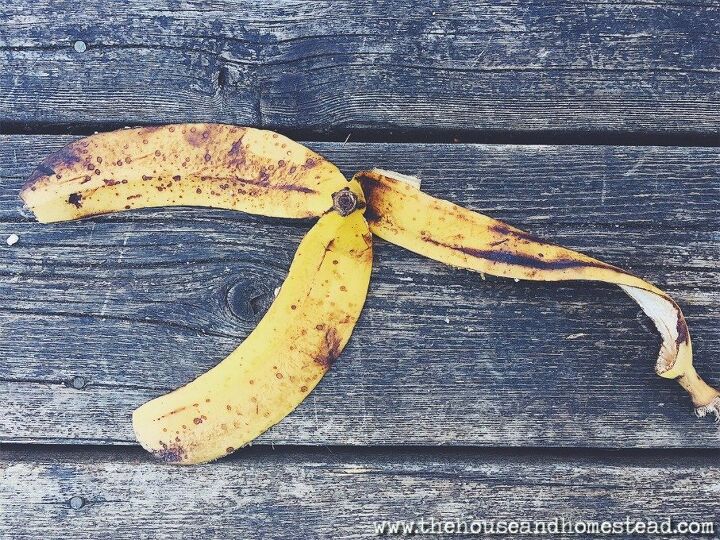










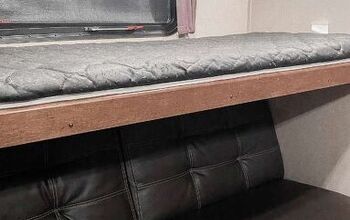

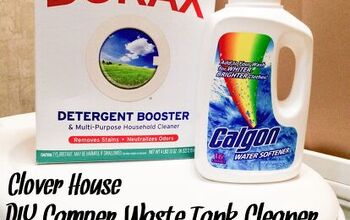
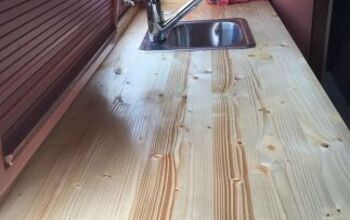



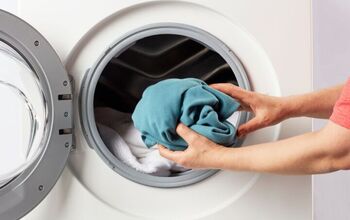


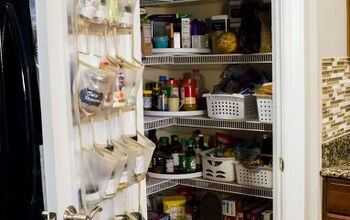
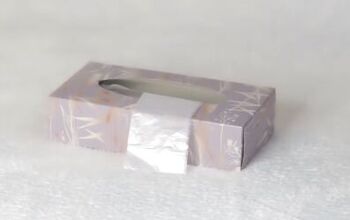


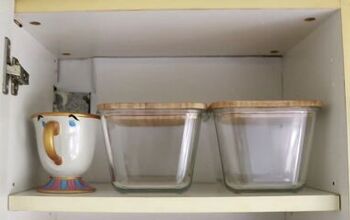
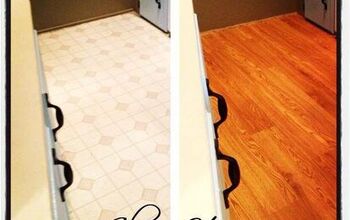
Comments
Join the conversation
Check your local ordinances before collecting rainwater. In some places you cannot do it legally. Silly really, but better to be safe than sorry!
How do you collect grey water?